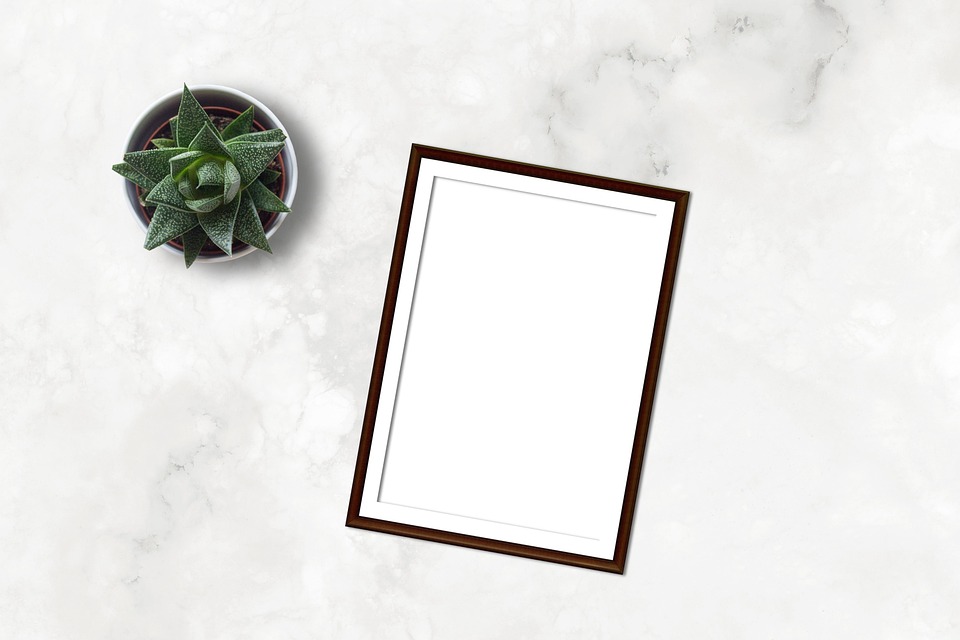Getting Started with React Web Development: A Beginner’s Guide
In recent years, React has gained immense popularity among web developers for its ability to build robust and scalable user interfaces. Whether you are a seasoned developer or just starting out, React can be a great framework to learn and work with. In this beginner’s guide, we will explore the basics of React web development and provide you with a roadmap to get started.
What is React?
React is an open-source JavaScript library developed by Facebook. It is used for building user interfaces, particularly for single-page applications. React follows a component-based architecture, which means that the entire UI is broken down into small reusable components. These components are then combined to create a complete user interface.
Setting up your Development Environment
Before you can start building React applications, you need to set up your development environment. Here are the steps to get started:
1. Install Node.js: React applications are built using Node.js, so you need to install it on your machine. Visit the official Node.js website and download the appropriate version for your operating system. Follow the installation instructions to complete the setup.
2. Create a New React Project: Once Node.js is installed, open your command prompt or terminal and run the following command to create a new React project:
“`
npx create-react-app my-app
“`
Replace `my-app` with the desired name of your project.
3. Navigate to the Project Directory: After the project is created, navigate to the project directory using the `cd` command. For example:
“`
cd my-app
“`
4. Start the Development Server: In the project directory, run the following command to start the development server:
“`
npm start
“`
This will launch your React application in the browser and automatically reload it whenever you make changes to the code.
Understanding React Components
As mentioned earlier, React follows a component-based architecture. Understanding components is crucial to building React applications. A component is a reusable piece of code that encapsulates a part of the user interface, along with its behavior and state.
There are two types of components in React: functional components and class components.
1. Functional Components: Functional components are JavaScript functions that receive props (short for properties) as input and return JSX (JavaScript XML) as output. Here’s an example of a functional component:
“`jsx
import React from ‘react’;
function MyComponent(props) {
return
Hello, {props.name}!
;
}
export default MyComponent;
“`
2. Class Components: Class components are ES6 classes that extend the `React.Component` class. They have a `render()` method that returns JSX. Here’s an example of a class component:
“`jsx
import React from ‘react’;
class MyComponent extends React.Component {
render() {
return
Hello, {this.props.name}!
;
}
}
export default MyComponent;
“`
Rendering Components
To render a component in a React application, you need to import it and use it within another component. For example, to render the `MyComponent` component we defined earlier, you would do the following:
“`jsx
import React from ‘react’;
import MyComponent from ‘./MyComponent’;
function App() {
return
}
export default App;
“`
The `name` prop is passed to the `MyComponent` component, which will display “Hello, John!” on the screen.
Working with React State
State is an important concept in React. It represents the data that can change over time and affects the behavior and rendering of components. React components can have their own state, which can be updated using the `setState()` method.
Here’s an example of a class component with state:
“`jsx
import React from ‘react’;
class Counter extends React.Component {
constructor(props) {
super(props);
this.state = {
count: 0,
};
}
increment() {
this.setState((prevState) => ({ count: prevState.count + 1 }));
}
render() {
return (
Count: {this.state.count}
);
}
}
export default Counter;
“`
In this example, the `Counter` component has a `count` state that is initially set to 0. The `increment()` method is called when the button is clicked, which updates the state and triggers a re-render of the component.
Conclusion
React is a powerful framework for building user interfaces. In this beginner’s guide, we covered the basics of getting started with React web development. We learned about setting up the development environment, creating and rendering components, and working with state.
This is just the tip of the iceberg when it comes to React. As you progress, you will explore more advanced concepts like component lifecycle, routing, and state management libraries. Remember to practice by building small projects and referring to the official React documentation and online tutorials. Happy coding!




